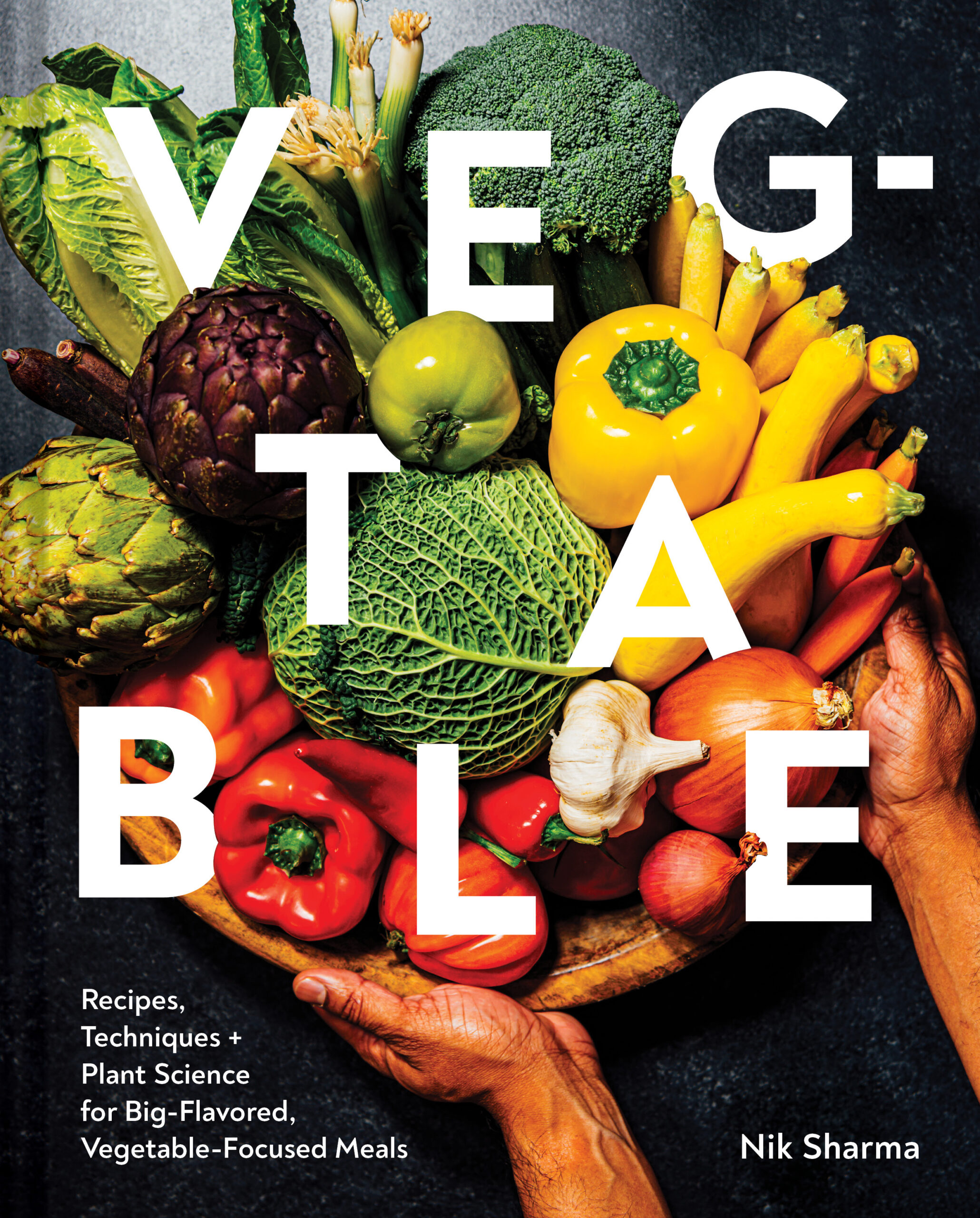Marmalade truly celebrates an orange in all its glory. The sweet, the sour, the bitter, and that final tingle that your mouth experiences due to chemesthesis from the nerves lining your lips and mouth. Seville orange marmalade sometimes simply referred to as bitter orange marmalade is my favorite is perhaps the most famous of marmalades and I like it slathered on top of buttered warm toast with its embedded soft candied peels. The juice of this particular orange is sour with no noticeable sweetness and the aroma of the orange peel is very fragrant which is why it is highly valued among marmalade makers. Unlike other sweeter oranges, these have a short season in winter when they show up in farmer’s markets and some grocery stores which in California is usually sometime between December to February. The citrus farmer at my market insisted I try out Bergamot sour oranges to make jams for their special aroma (Bergamot is dried and used in black tea to give a beautiful floral scent). David Lebovitz has an excellent bergamot marmalade recipe that I made and if you can get your hands on the fruit, I most certainly recommend using his recipe, it’s delicious. The recipe I use for my Seville orange marmalade is from my friend, Felicity Cloake’s book, Completely Perfect (Penguin Books, 2018), one that I strongly recommend you keep at home, I turn to it often. It is a fantastic book to learn how to cook and makes a great gift for someone going to college or who is curious to cook.
There is a bit of science involved in this entire process and I’ve tried to summarize most of it below in my notes. Before, I forget, marmalade including jam and jelly making all require a bit of patience, so plan ahead.
- Jam, jelly, and marmalades; all rely on acid, sugar, and pectin in the presence of heat to create a gel-like texture.
- Acid (from the orange and lemons) and sugar help pectin gel and prevent the growth of bacteria by making the conditions inside the marmalade inhospitable to microbes.
- Acid does another thing, it “inverts” sugar on heating which prevents the sugar from crystallizing out which would otherwise leave a gritty appearance. When table sugar (sucrose – a molecule made up of two sugars attached together – glucose and fructose) is heated in the presence of an acid, some of it splits and releases its constituents – glucose and fructose (hence the name inversion). Fructose prevents sugar from recrystallizing. This is why I sometimes add cream of tartar (an acid) to sugar when making caramel.
- I like my jams and marmalades slightly runny but if you prefer it a little firmer, you can add a little bit of commercial fruit pectin powder to the jam when heating. Check the manufacturer’s instructions on how much to add (the ratios are listed on the instruction sheet that it came with).
- The peels: wash the oranges well with water and especially at the spot where the stalk is attached to the fruit, I often find this place holds a lot of dirt when the stalk is removed.
- Bitterness in most oranges comes from the white pith and the seeds. The second source of bitterness comes from certain enzymes that are present in the juice (the level of these enzymes varies by the type of orange).
- If you want to reduce the bitterness in the jam, use half the quantity of peel listed in the recipe. Alternatively, take a large metal spoon and scrape out some of the white pith. I prefer a lot of peel in every bite.
- This is not something I usually like to write but pectin in fruit can be a finicky creature to work with. Even within the same type of fruit, the amount of pectin can vary and the quality and type will also be different. This is why most often with marmalades and jams when waiting for the pectin to gel or “set”, the time varies quite a bit so I’m going to list a very large time range below but in my experience, it is better to use the wrinkle test. In addition, pectin is affected by many things including acids, sugars, and even the salts present in your water, for this reason, I recommend using filtered water if possible and staying away from hard water.
- The Wrinkle test is used to determine when the pectin is ready to set and tells you when to remove the jam from the heat.
- Take a few small plates and leave them in the freezer to chill.
- When you’re ready to test the jam, take a teaspoon of the jam and drop it in the center of one of the chilled plates and freeze for about 1 minute. The jam will be ready to set if the surface of the jam wrinkles when you run your finger through it and a clean trail is left behind.
- Canning: I prefer to use either 8.45 fl oz [250ml] or 17 fl oz [500ml ]canning jars for marmalades and jams. I’m going to tell you what I do when I can versus traveling the entire long route of canning for everything possible:
- Set your oven to the lowest temperature possible, in my oven I set the heat to 170F/77C.
- Wash the jars, lids, rings, and whatever comes with them (varies by brand, I use Weck jars) with soap and hot water. Place the jars, lids, and rings on a baking sheet lined with a wire rack. Leave the jars in the oven to dry and stay sterile. When you’re ready to can bring the tray out and ladle the hot jam into the hot jars.
- You will need to prepare a canning water bath. You can buy a special canning pot or do what I do. Take a stockpot, the deeper the better since you will need to add enough water to cover the jars completely and account for another 1 in/2.5 cm of water to help create pressure on the lids of the jars. A circular wire rack that can fit inside the pot is very helpful because it will prevent the base of the jars from overheating if left in direct contact with the base of the saucepan.
- A pair of tongs that can grab the jars out of the stock pot will be necessary. There are several inexpensive canning kits available online and in stores. I use the Ball (brand) kit with my Weck Jars. A big soup ladle and a funnel are also helpful in transferring the jam to the jars.
- How long to sterilize varies by what you are canning and also on your location. Because there is less air at high altitudes than there is at sea level, the air pressure begins to drop which affects many cooking techniques and canning is one of them. Water will begin to bubble and boil much earlier when heated and the cooking conditions need to adjust to account for this. Here is a more detailed explanation of this and how to adjust your canning time (Page 5 has the information on canning). For where I live, I bring the water to a rolling boil with the jars and then let them boil for an additional 5 minutes (more details here).
- Skimming the surface for froth: I rarely do this. Most of this is air bubbles which quickly dissipate on cooling. If at it doesn’t go away, skim off the froth at the very end when you’re ready to ladle the marmalade into jars.

marmalades: seville and bergamot
Ingredients
2.2 lb/1 kg Seville oranges
1/4 cup/60 ml fresh lemon juice
5.28 pints/2.5 L filtered water, preferably
2.2 lb/1 kg sugar
2.2 lb/1 kg dark brown sugar
Instructions
- Remove any stems from the oranges and wash the oranges well under running tap water to remove any dirt.
- Place a fine mesh sieve over a large deep non-reactive stainless steel saucepan. Cut the oranges in half and squeeze the juice out over the sieve. Do not discard the pulp and the seeds left behind in the sieve.
- Scrape out any extra pulp and pith from the orange peels and add to the pulp and seeds in the sieve. Chop or slice the peels to the thickness you prefer and add the peel to the juice in the saucepan.
- Cut a piece of cheese or muslin cloth large enough to hold the orange pulp and seeds that remain behind in the sieve. Scoop out the pulp and seeds and place them in the center of the cheesecloth and tie the ends together to form a tight bag. Place the bag in the saucepan with the juice. Stir in the lemon juice and water. Heat the saucepan over medium-high heat to a rolling boil, reduce the heat to a simmer and cook for 2 hours till the peel is cooked and is tender, and appears translucent, remove the saucepan from the heat, cover it with a lid, and leave overnight in the refrigerator.
- The next day, remove the saucepan from the refrigerator. Tightly squeeze out the liquid from the cheesecloth bag over the saucepan. Discard the bag with the pulp and seeds. Add the sugars.
- Get your canning jars ready (see Notes above). Place a few saucers in the freezer to chill.
- Return the saucepan to the stove and heat over medium-high heat till it comes to a rolling boil at 212F /100C stirring till the sugars dissolve and to prevent burning. A candy thermometer that can clip to the sides of the saucepan will be helpful to monitor the temperature. Once it starts to boil, the pectin might start to set. Take a teaspoonful of the hot marmalade and place it in the center of one of the chilled saucers, and freeze for about 1 minute. Remove the saucer and run your finger through the center of the marmalade, if it wrinkles on the surface and the clear train left behind holds, then your marmalade is ready. If not continue to heat and test after 15 minutes. The time taken for pectin to set can vary, sometimes even taking up to 2 hours, so be patient. Once the marmalade is ready, switch off the heat and ladle the jam into your jars. Seal tight and can the jars. The jam should be good for up to a year if left unsealed. Store sealed canned jars in a cool dark place and any opened jars in the refrigerator.



